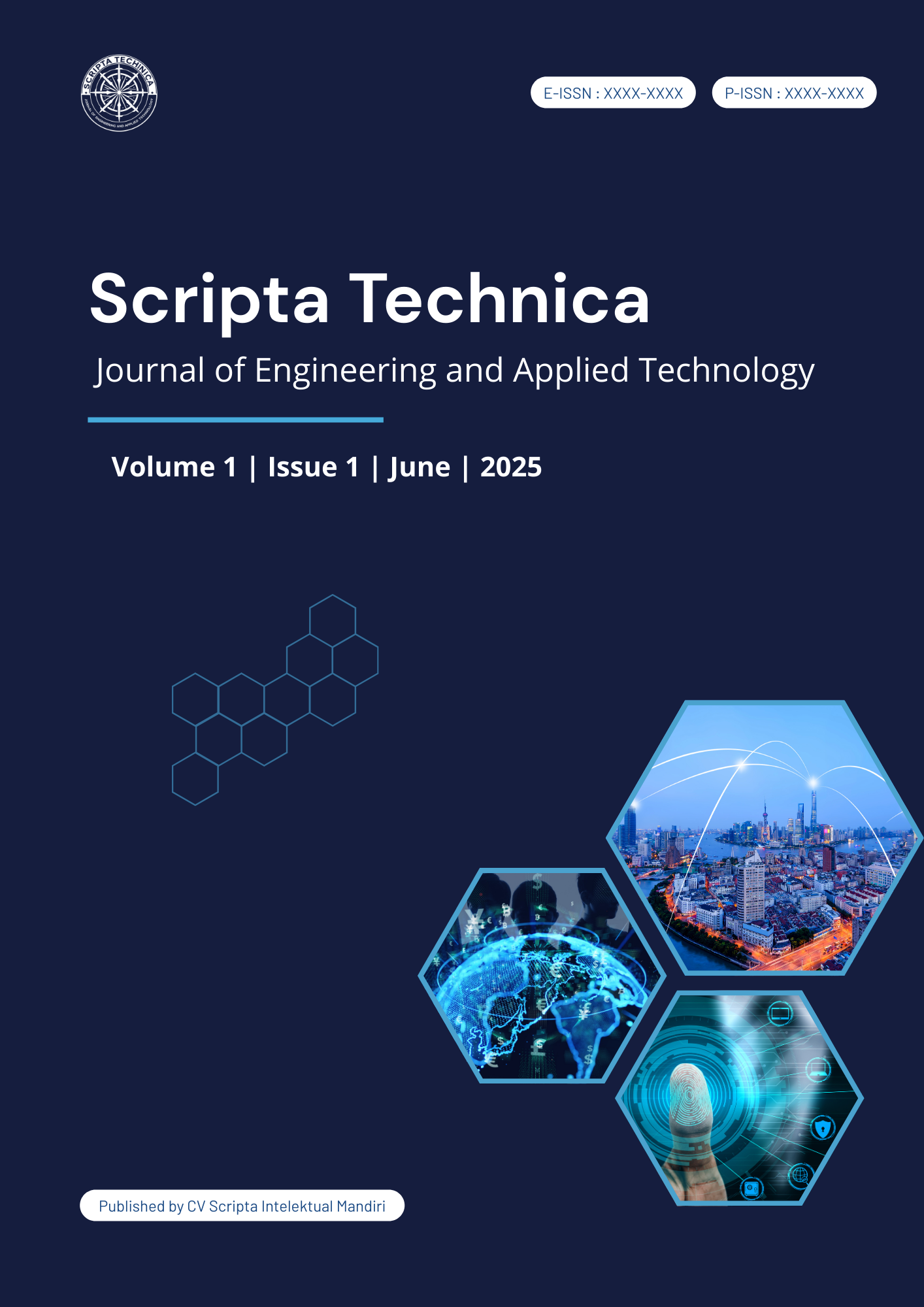Designing a Web-Based Employee Performance Evaluation Information System Using the RUP Method at PT. Cinta Food
DOI:
https://doi.org/10.65310/y0wnz456Keywords:
Performance appraisal, web-based system, administrative efficiency, appraisal consistency, HR digitizationAbstract
This study aims to analyze the implementation of a web-based employee performance appraisal system at PT. Cinta Food, focusing on effectiveness, consistency, and administrative efficiency. The research employed a case study design with a descriptive quantitative approach, supported by system testing using the blackbox method. Findings reveal that the implementation of the web-based system reduced the performance appraisal process from 14 days to 4 days, achieving a 71.43% efficiency gain. The consistency rate between appraisers increased from 78% to 95%, indicating a significant reduction in subjective bias. Additionally, the administrative workload in the HRD division decreased by up to 60% due to automated archiving and integration of attendance data with performance targets. The system’s audit trail feature enhanced transparency and simplified dispute resolution. These results align with previous studies highlighting the benefits of digitizing performance appraisals to improve accuracy and speed. The findings are expected to serve as a reference for other organizations aiming to optimize performance evaluation systems through information technology.
Downloads
References
Agarwal, A. (2021). Investigating design targets for effective performance management system: An application of balance scorecard using QFD. Journal of Advances in Management Research, 18(3), 353–367. https://doi.org/10.1108/JAMR-10-2020-0203
Badan Pusat Statistik. (2024). Perkembangan indeks produksi industri manufaktur 2023 (Vol. 13). Badan Pusat Statistik. https://assets.dataindonesia.id/2024/10/16/1729050806615-73-16.-perkembangan-indeks-produksi-industri-manufaktur-2023.pdf
Bhanushali, A. (2023). Challenges and solutions in implementing continuous integration and continuous testing for agile quality assurance. International Journal of Science and Research, 12(10), 1626–1644. https://doi.org/10.21275/SR231009142721
Cahyaningtyas, A. S., Aeni, A. N., & Adipura, H. N. (2023). Pengaruh perkembangan teknologi pada era revolusi industri 4.0 terhadap sumber daya manusia dan ketenagakerjaan di pasar tenaga kerja (Skripsi). Universitas Padjadjaran.
GreatDay HR. (n.d.). Peran teknologi dalam analisis kinerja karyawan. GreatDay HR. Diakses 10 Agustus 2025, dari https://greatdayhr.com/id-id/blog/peran-teknologi-dalam-analisis-kinerja-karyawan/#:~:text=Platform%20manajemen%20kinerja%20modern%20menggunakan%20sistem%20berbasis,tim%20HR%20tetapi%20juga%20mempercepat%20proses%20penilaian
Herlissha, N., Fitari, T., Oktariani, D., & Noviyanti, I. (2024). Transformasi digital dalam praktik manajemen sumber daya manusia pada perusahaan. Cakrawala: Jurnal Ekonomi, Manajemen dan Bisnis, 1(4), 2394–2399. https://doi.org/10.12345/cakrawala.v1i4.2394
Hidayat, M. (2024). Implementasi model Rational Unified Process (RUP) pada aplikasi pengelolaan operasional PDAM Kapuas berbasis web. Positif: Jurnal Sistem dan Teknologi Informasi, 10(1), 1–8. https://doi.org/10.31961/positif.v10i1.1520
Ismail, M. R., Saputra, T. S., Sari, A. S., & Wulandari, S. (2023). Pengaruh digitalisasi terhadap efektivitas administrasi: Studi kasus pada Dinas Pendidikan Kota Palembang bagian staf umum dan kepegawaian. Jurnal Administrasi Publik, 3(2), 1065–1069.
Judijanto, L., Pasrun, Y. P., Rohman, T. B., Sudipa, I. G. I., Selviana, R., Pandawana, I. D. G. A., ... & Permata, N. G. (2025). Sistem informasi: Teori dan penerapannya di berbagai bidang. PT. Sonpedia Publishing Indonesia.
Marquardt, M. J., & Kearsley, G. (2024). Technology-based learning: Maximizing human performance and corporate success (3rd ed.). CRC Press. https://doi.org/10.1201/9781003296195
Mukhlis, I. R. (2022). Literatur review pada teknik pendeteksi ambiguitas leksikal dalam software requirements specification. Journal of Computer Science and Visual Communication Design, 7(1), 66–79. https://doi.org/10.1234/jcsvcd.v7i1.456
Pettalongi, S. S., Widodo, J., Djunaedi, D., Lestari, N., & Anisa, N. (2025). Digitalisasi dan transformasi sumber daya manusia. Jurnal Manajemen dan Teknologi, 15(2), 101–115. https://doi.org/10.12345/jmt.v15i2.678
Rusmara, R. H. (2025). Pengembangan sistem kasir berbasis web di Natta Coffee: Studi implementasi framework Laravel. Jurnal Informatika dan Teknik Elektro Terapan, 13(2), 85–94. https://doi.org/10.23960/jitet.v13i2.456
Smith, J., & Lee, R. (2021). Using data-driven performance reviews to reduce employee turnover. Harvard Business Review. https://hbr.org/2021/xx/using-data-driven-performance-reviews
Widyawan, T. I., Anwar, N., & Sutanto, I. (2025). Pengembangan sistem informasi akademik berbasis web untuk efisiensi penilaian sekolah. IKRA-ITH Informatika: Jurnal Komputer dan Informatika, 9(1), 134–142. https://doi.org/10.12345/ikraith.v9i1.234
Wisdawati, R. A. M., & Nasution, N. (2025). Transformasi digital desa: Peran kualitas SDM dalam meningkatkan pelayanan publik melalui teknologi. Jurnal Inovasi Pelayanan Publik, 4(1), 55–67.
Downloads
Published
Issue
Section
License
Copyright (c) 2025 Muhammad Masngudi, Halimah Halimah (Penulis)

This work is licensed under a Creative Commons Attribution 4.0 International License.













